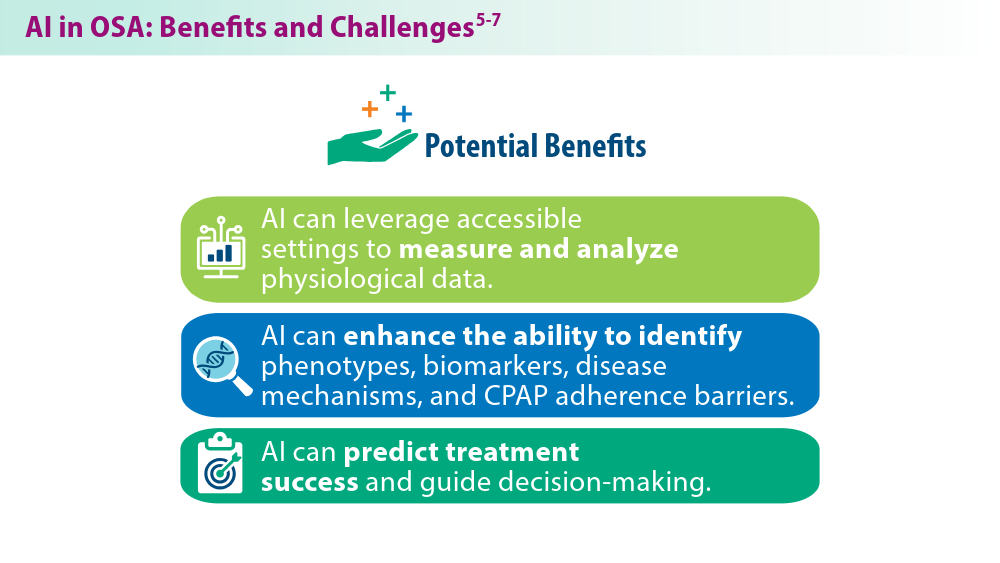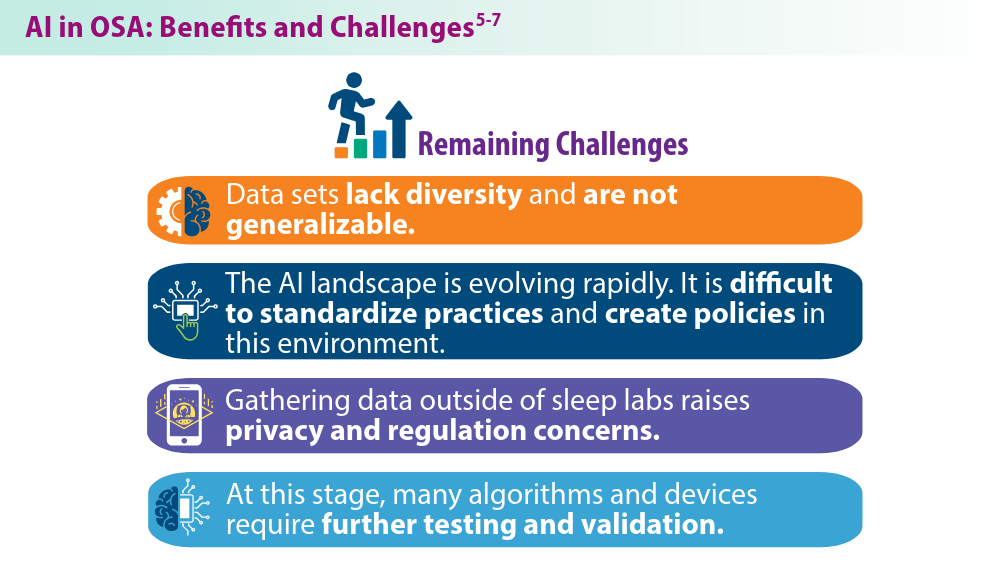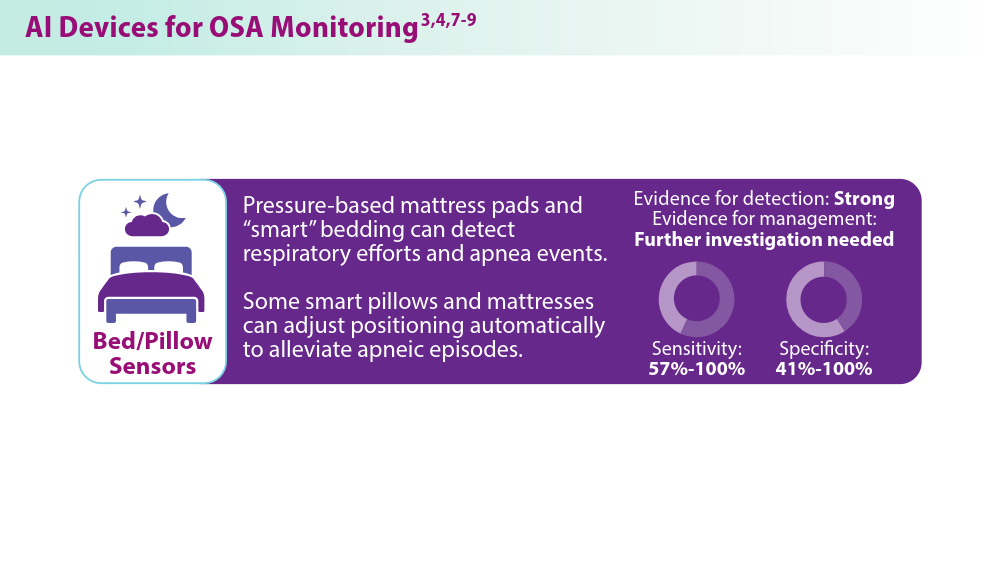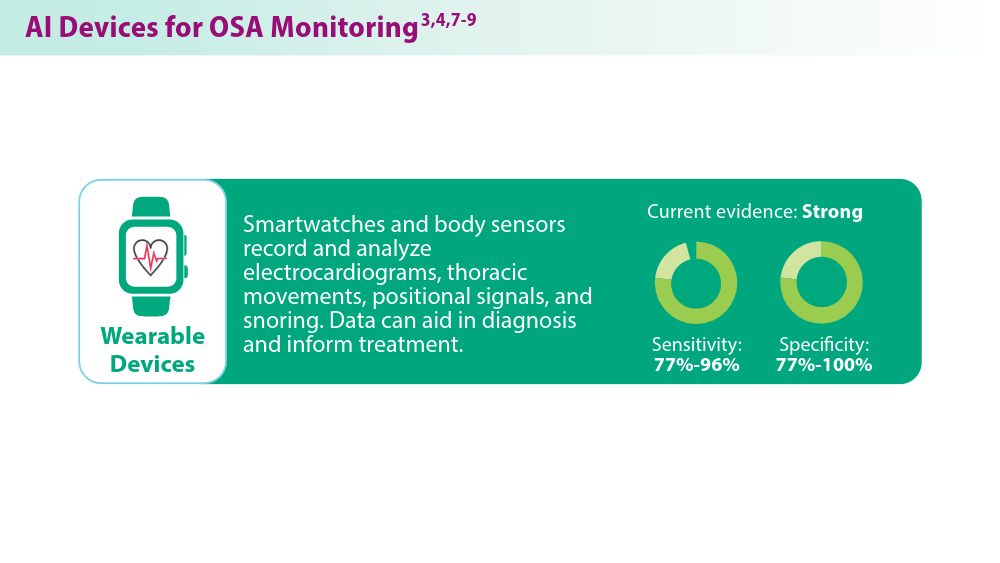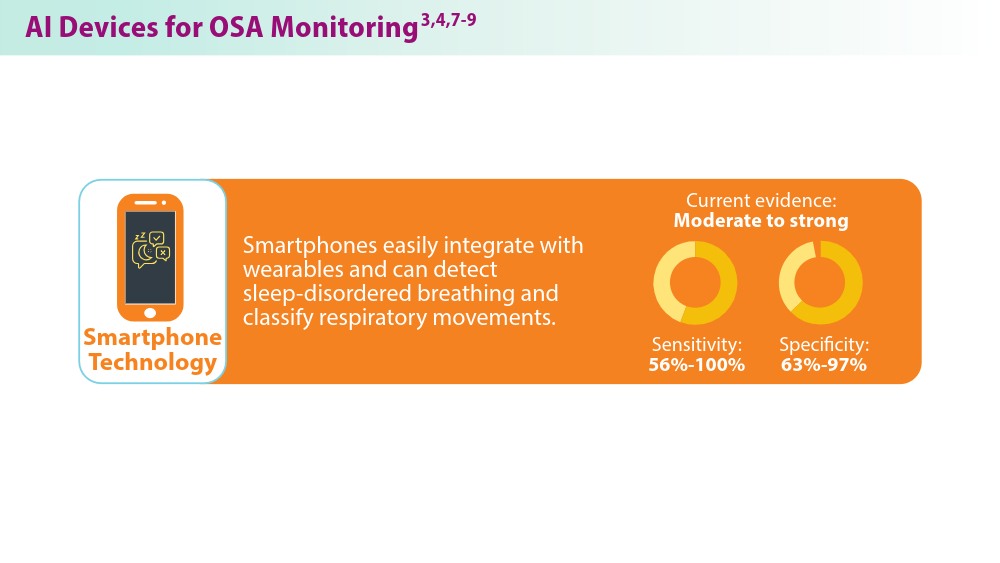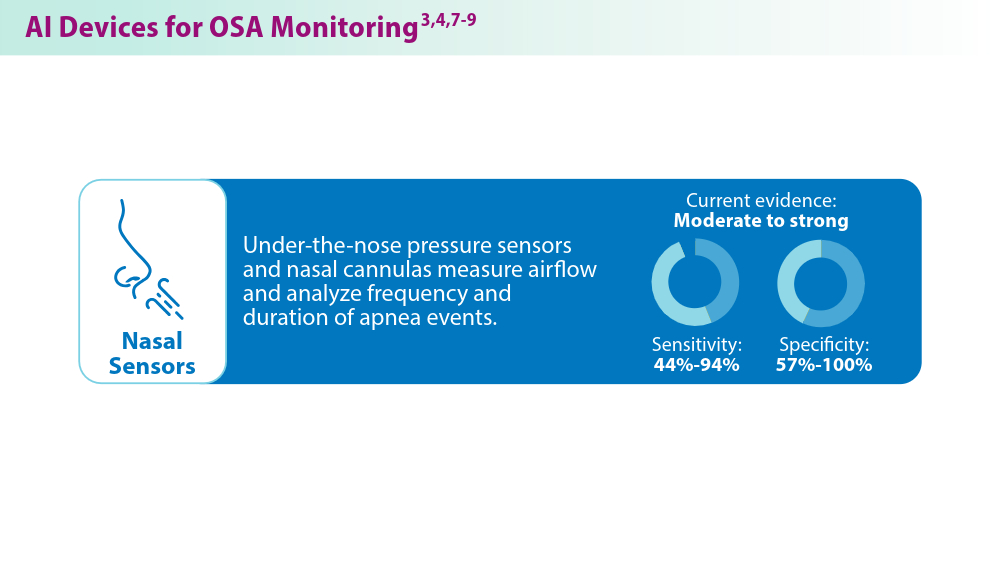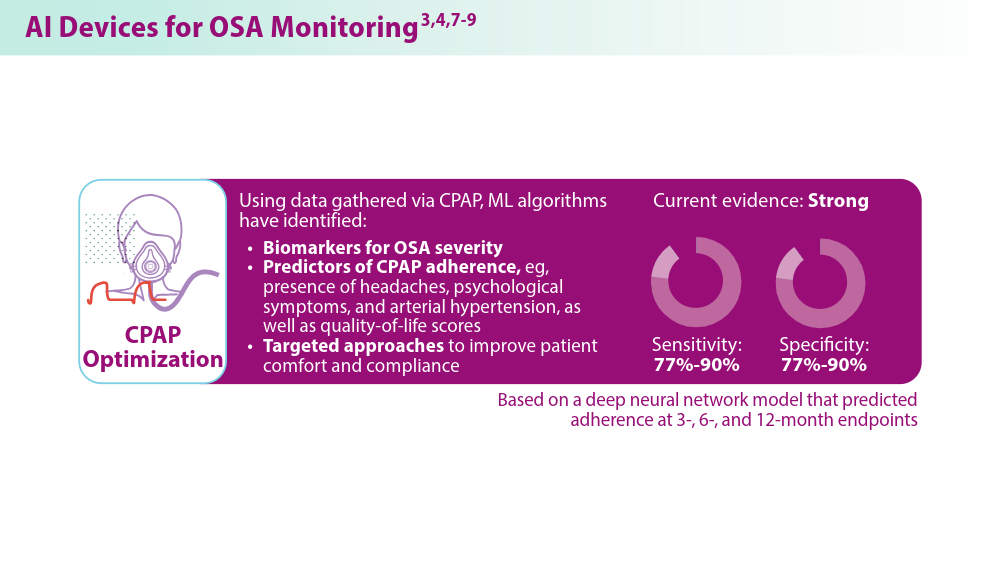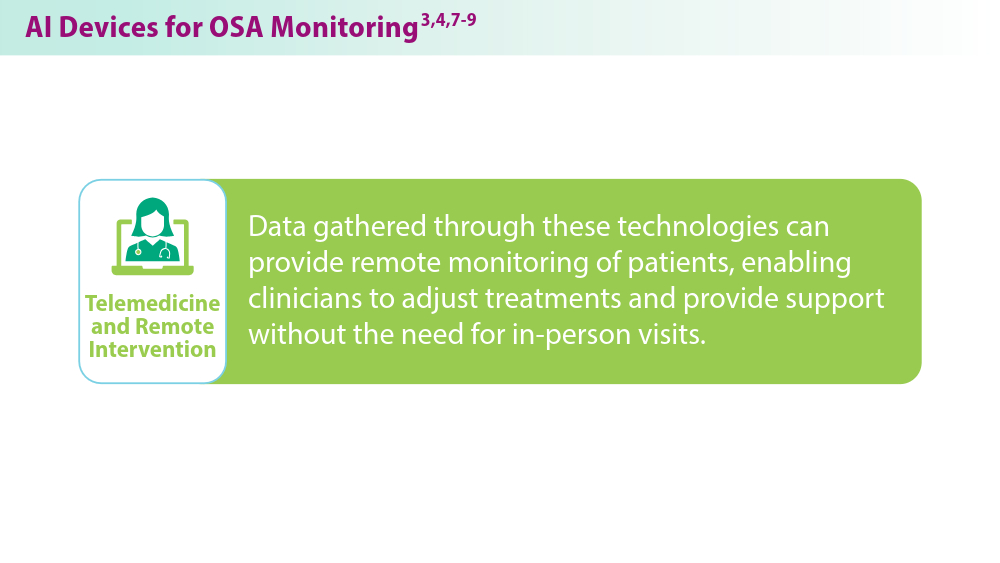Artificial Intelligence in Sleep Apnea
Ritwick Agrawal, MD, MS, FCCP
Director, Sleep Medicine
Huntington Hospital
Northwell Health
Huntington, NY
Dr. Agrawal has no relevant financial disclosures.

OSA disrupts the lives of nearly 1 billion adults globally due to recurrent episodes of upper airway obstruction during sleep.1 This condition can lead to severe cardiovascular issues, cognitive impairments, and decreased quality of life.2 Despite the prevalence of OSA, underdiagnosis and undertreatment are significant challenges, exacerbated by the limitations of the current gold-standard diagnostic method, overnight polysomnography. This method is resource-intensive, expensive, and often inaccessible due to high demand in sleep laboratories.3,4
Artificial intelligence (AI) has the potential to revolutionize the field of sleep medicine, particularly in the management and diagnosis of sleep disorders such as OSA. AI applications in sleep medicine extend from automating sleep stage scoring with neural networks to enhancing the understanding of sleep disorder pathophysiology through machine learning (ML) models.5,6 By analyzing patterns in large-scale data, AI has helped identify various OSA endotypes, as well as predict continuous positive airway pressure (CPAP) adherence patterns and surgical success rates, which can influence clinical decision-making.5,7 Paired with the portability and unobtrusiveness of most AI-based devices, these technologies could offer both effective and convenient treatment alternatives for patients.
However, the integration of AI into clinical practice comes with challenges, including the need for standardized validation of AI algorithms, the creation of representative and comprehensive training datasets, and the security and privacy of health data. Furthermore, addressing disparities in AI application and ensuring equitable health outcomes are crucial steps as this technology becomes more ubiquitous in sleep medicine.5,6
While AI presents promising advancements in understanding and managing OSA, careful consideration and implementation are required to realize its full potential in clinical settings, ensuring that all patients benefit from this technological evolution in health care.
1


